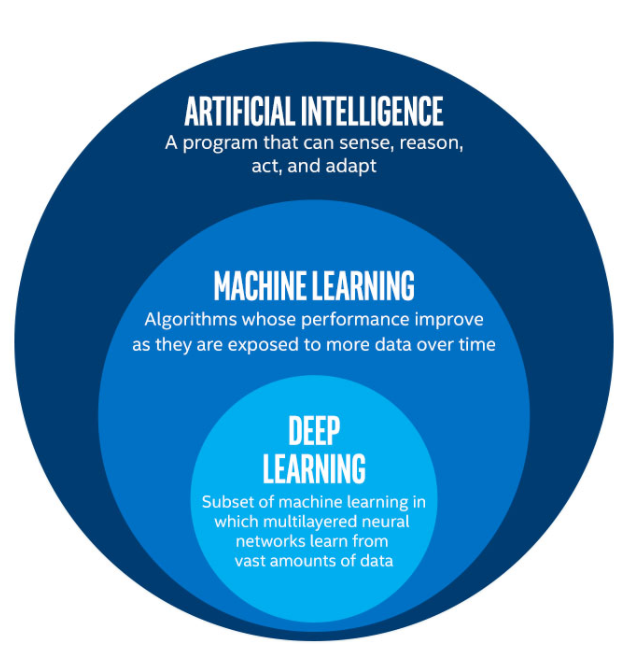
Introduction:
In recent years deep learning has emerged as a transformative force in the field of artificial intelligence. By mimicking the human brain’s neural networks, deep learning algorithms have revolutionized various domains, including computer vision, natural language processing, speech recognition and more. This article explores the essence of deep learning, its applications and its impact on shaping the future of AI.
Understanding Deep Learning:
Deep learning is a subset of machine learning that leverages artificial neural networks to process and learn from vast amounts of data. The key differentiator of deep learning is its ability to automatically discover and extract meaningful patterns and features from raw data, eliminating the need for manual feature engineering.
At the core of deep learning lies the artificial neural network, inspired by the complex interconnected structure of the human brain. Neural networks consist of multiple layers of interconnected nodes, known as neurons. Which process and transform data as it flows through the network. Each neuron applies a mathematical operation to its inputs and passes the result to the next layer, ultimately producing an output.
Training Deep Learning Models:
Training a deep learning model involves two fundamental steps: forward propagation and backward propagation. During forward propagation, input data passes through the layers of the neural network, and the network computes predictions. These predictions are then compared to the desired outputs, and an error or loss function quantifies the disparity between them.
Backward propagation, also known as backpropagation, is the process by which the network adjusts its internal parameters to minimize the error. It calculates the gradients of the error with respect to the model’s parameters and uses optimization algorithms, such as stochastic gradient descent, to update the parameters iteratively. This iterative optimization process allows the model to learn and improve its predictions over time.
Applications of Deep Learning:
Deep learning has demonstrated remarkable performance across a wide range of applications, fueling advancements in various industries.
- Computer Vision: Deep learning has revolutionized computer vision tasks, such as object detection, image recognition, and image segmentation. Convolutional neural networks (CNNs) excel at learning hierarchical representations from images, enabling breakthroughs in autonomous driving, medical imaging, and surveillance systems.
- Natural Language Processing (NLP): Deep learning techniques have significantly improved language-related tasks, including sentiment analysis, machine translation, and text generation. Recurrent neural networks (RNNs) and transformer models, such as the Transformer architecture, have achieved state-of-the-art results in language understanding and generation.
- Speech Recognition: Deep learning algorithms, particularly recurrent neural networks and their variants, have greatly enhanced automatic speech recognition systems. Voice assistants, transcription services and voice-controlled applications owe their effectiveness to these advancements.
- Healthcare: Deep learning has made significant strides in medical image analysis, enabling early detection of diseases like cancer, aiding in diagnosis, and improving treatment planning. It has also shown promise in drug discovery, genomics and personalized medicine.
- Autonomous Systems: Deep learning plays a vital role in autonomous systems, such as self-driving cars and drones. These systems rely on deep learning algorithms for perception, decision-making, and control, allowing them to navigate complex environments safely.
The Future of Deep Learning:
As deep learning continues to evolve, its potential impact on society and various industries is immense. Here are a few areas where deep learning is expected to make significant strides.
- Explainability and Interpretability: Deep learning models often act as black boxes, making it challenging to understand their decision-making process. Future research aims to develop methods for explaining and interpreting deep learning models, improving transparency and trustworthiness.
- Transfer Learning and Few-shot Learning: Transfer learning techniques enable the transfer of knowledge learned from one task or domain to another, reducing the need for large amounts of labeled

